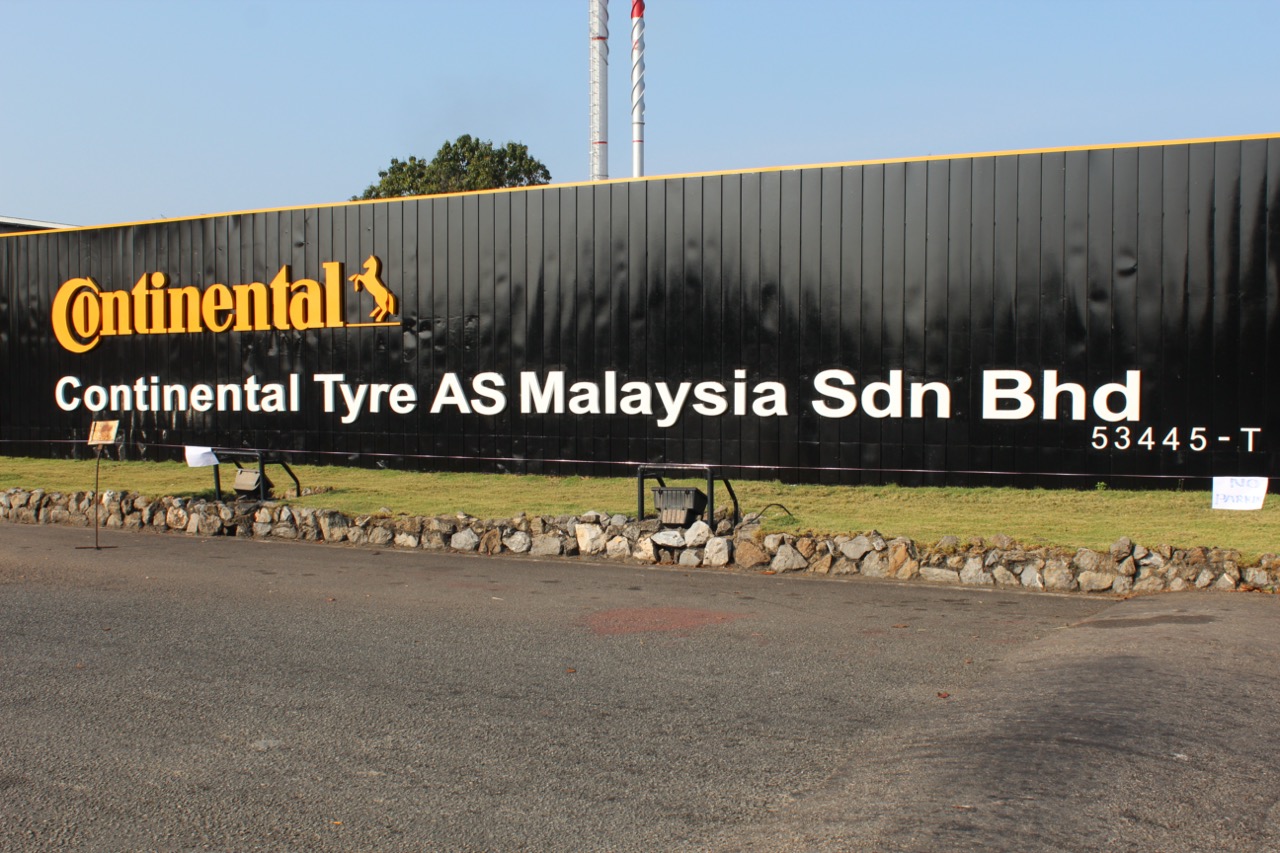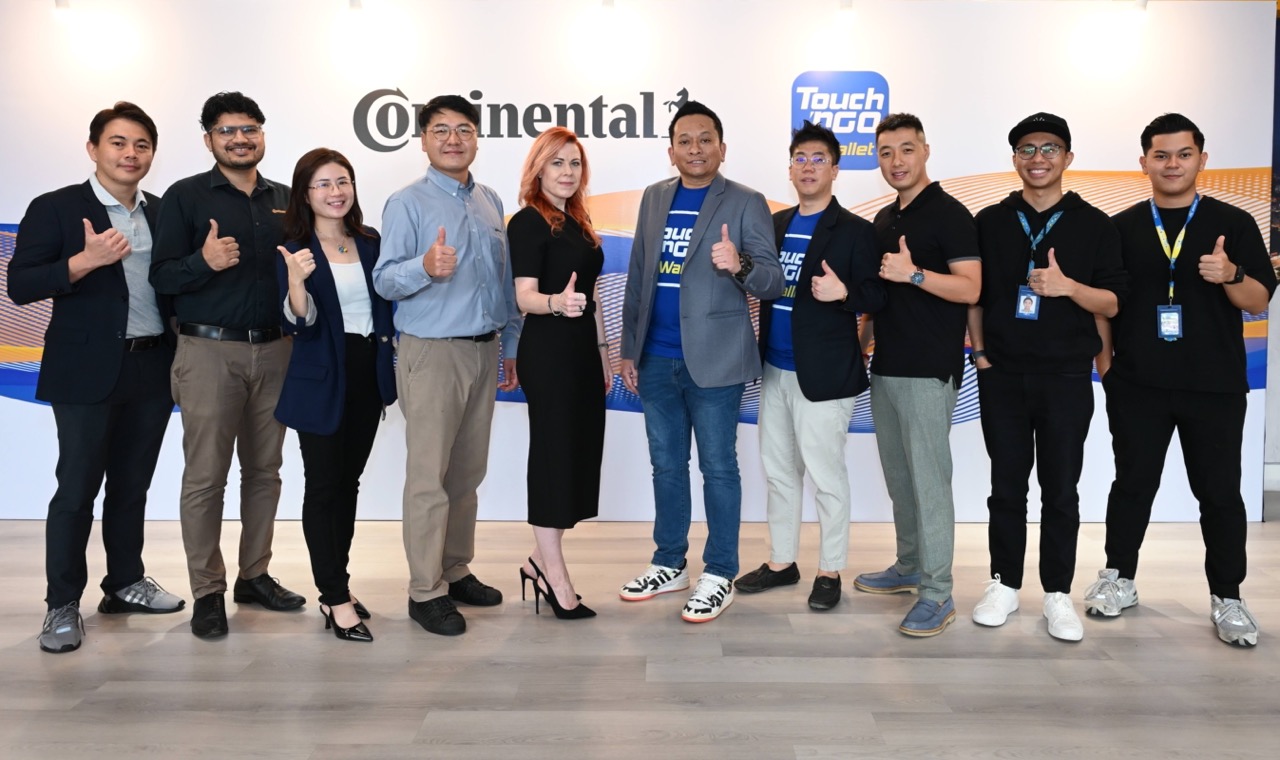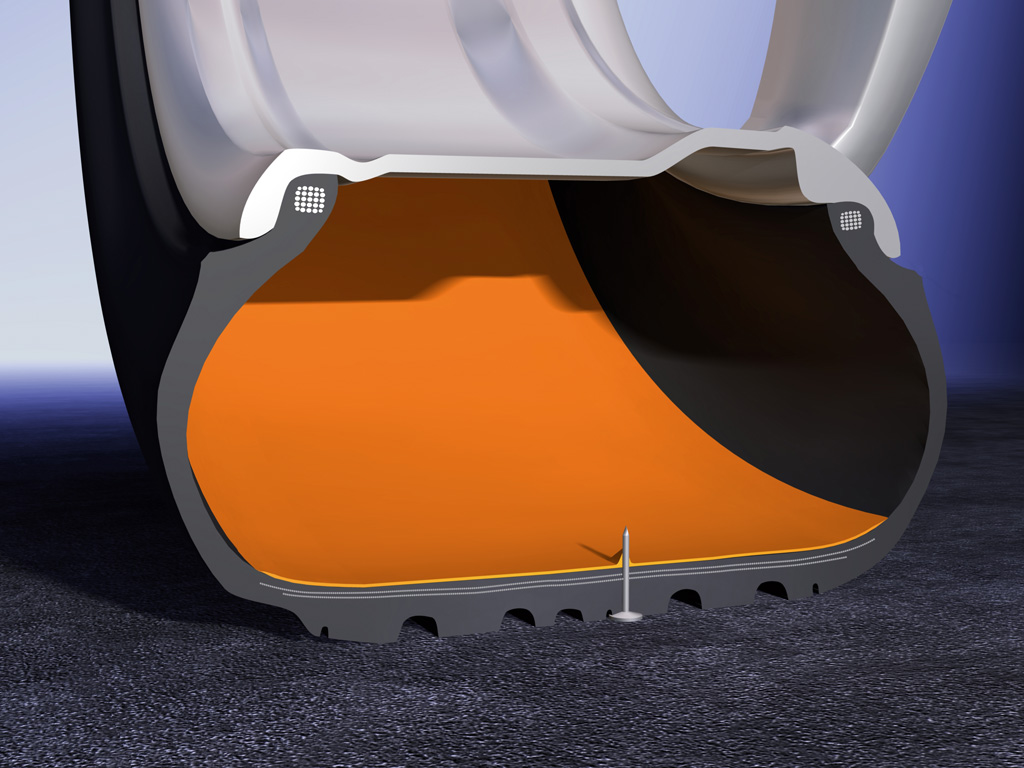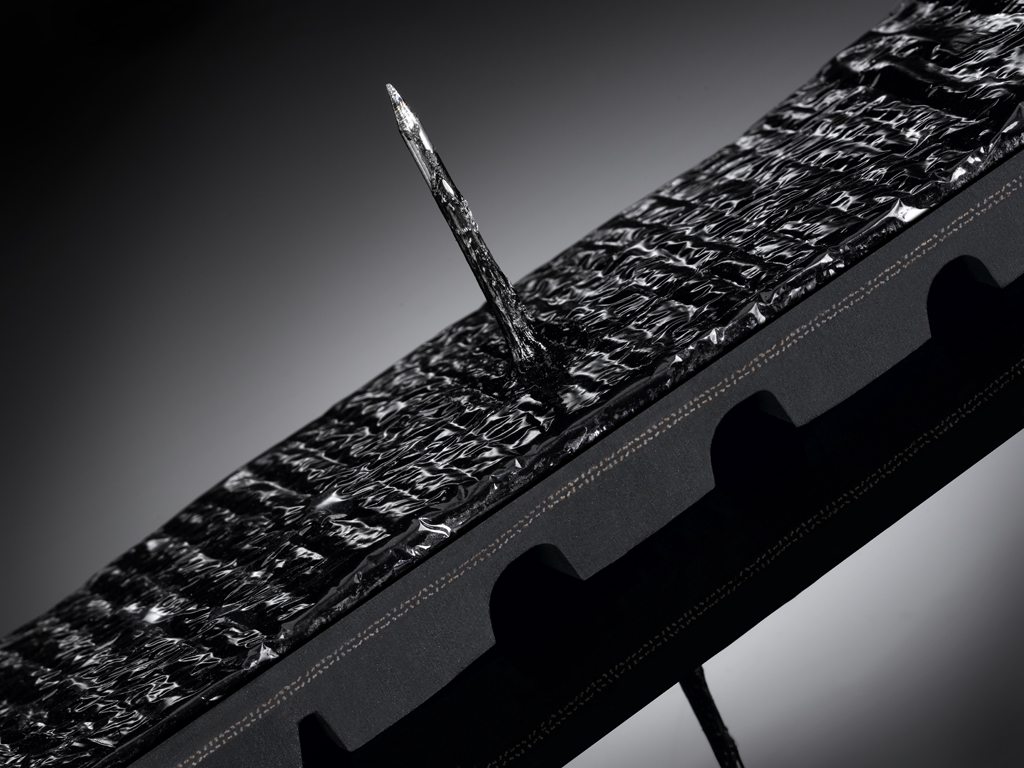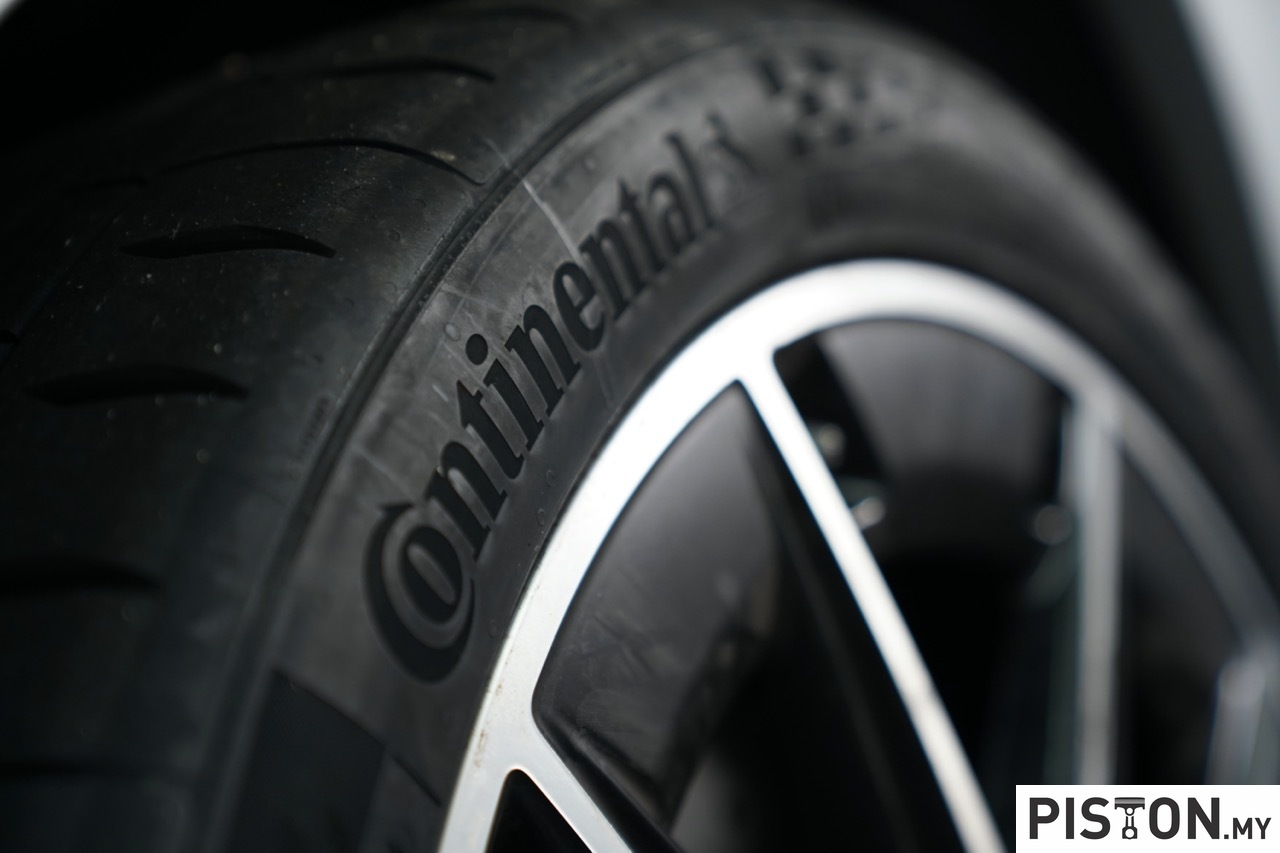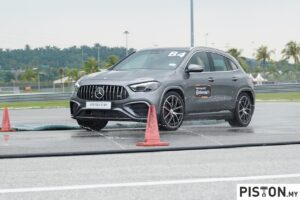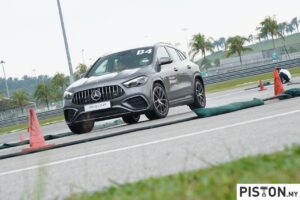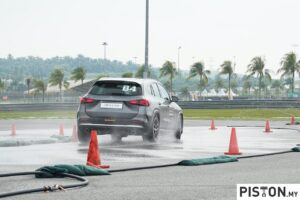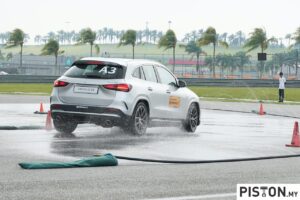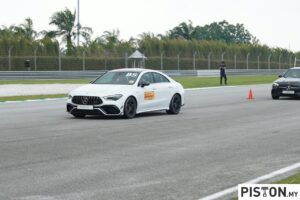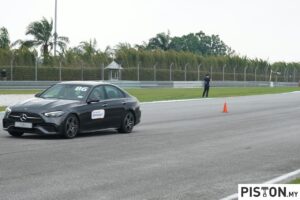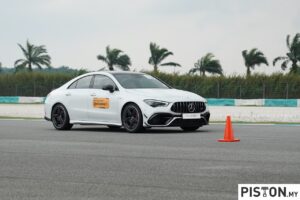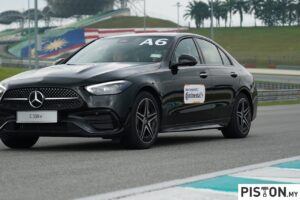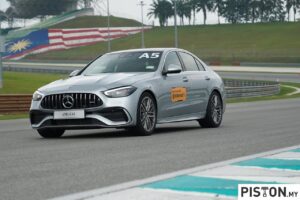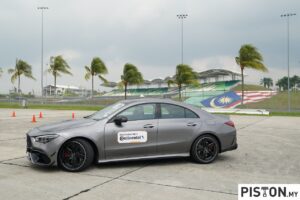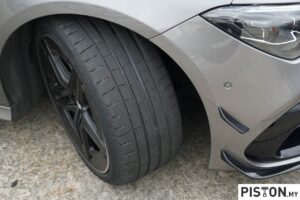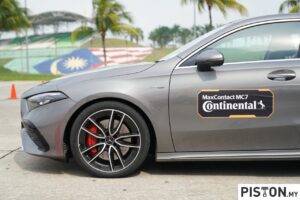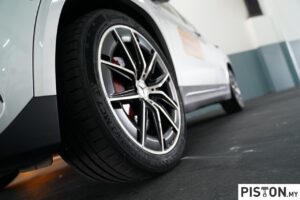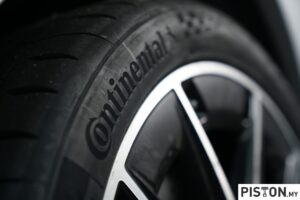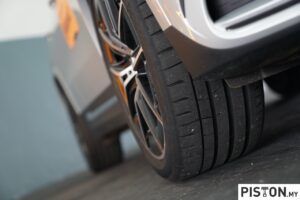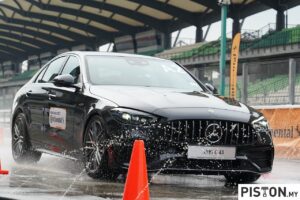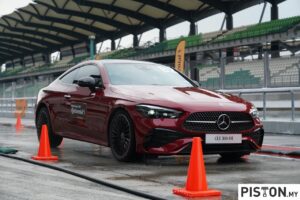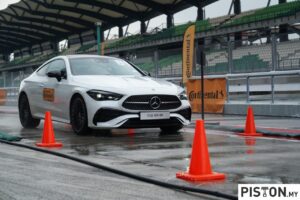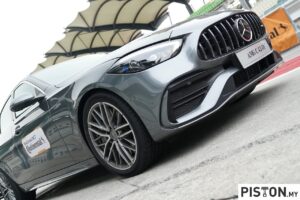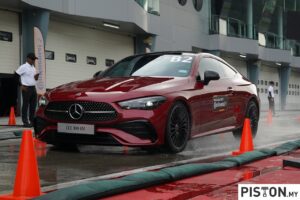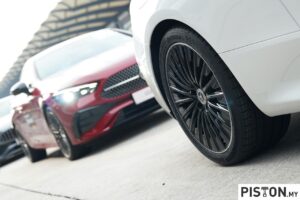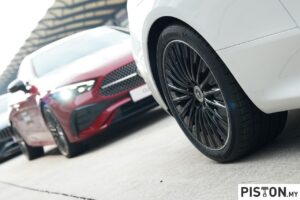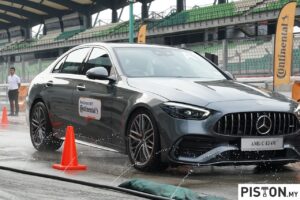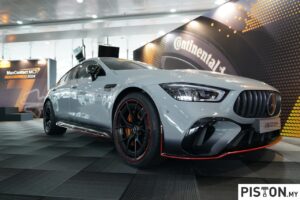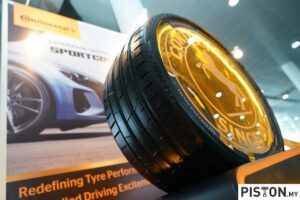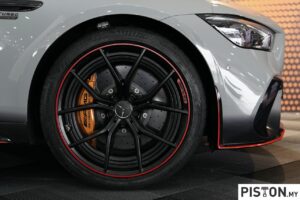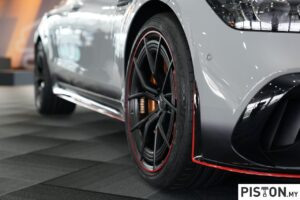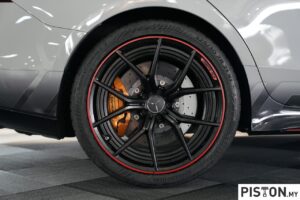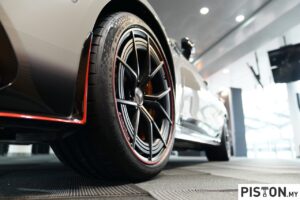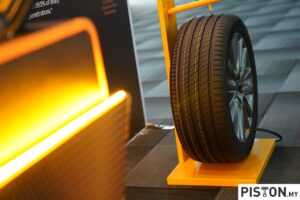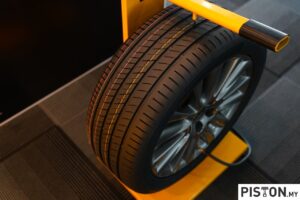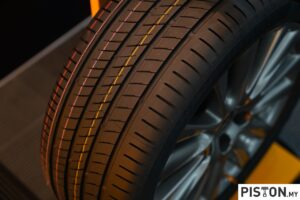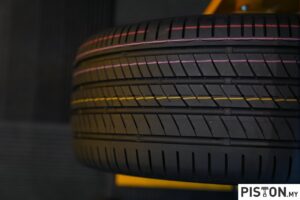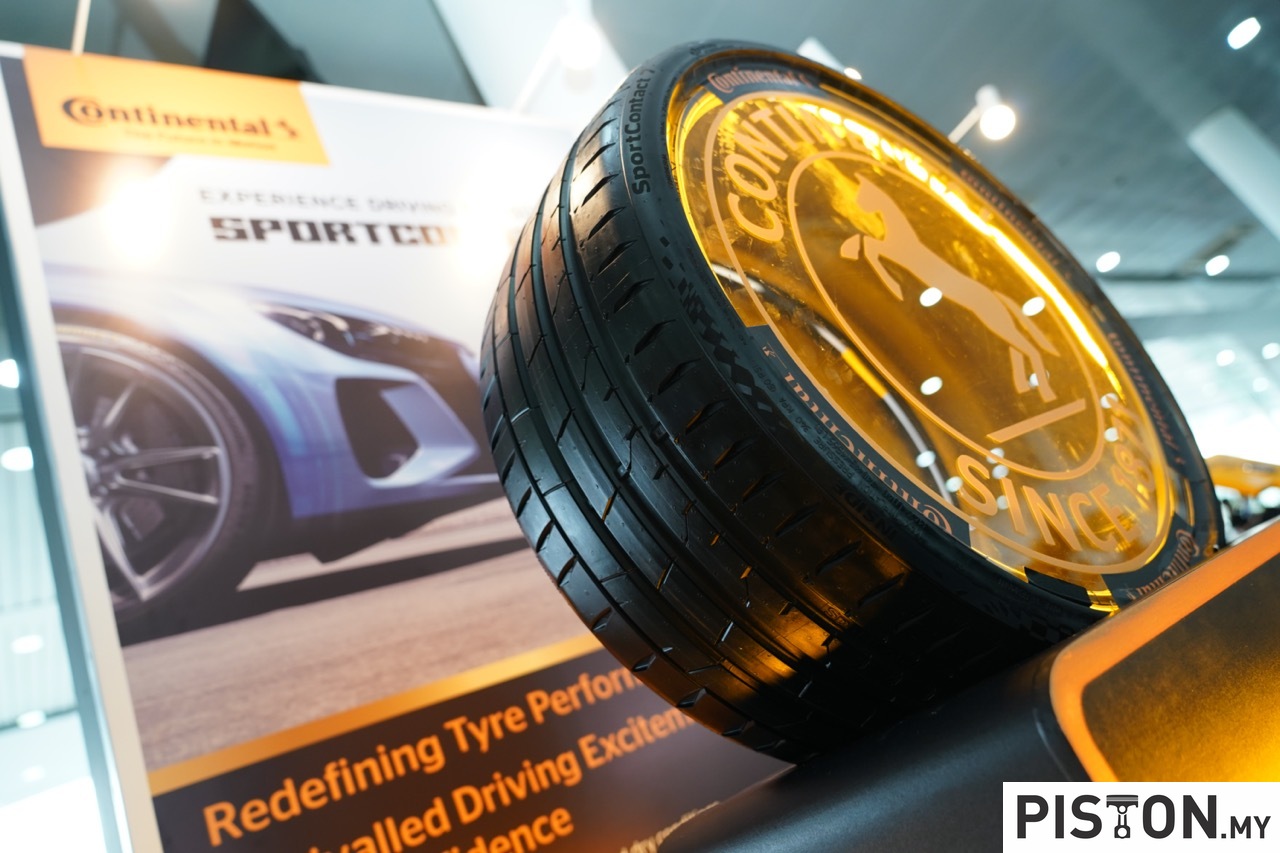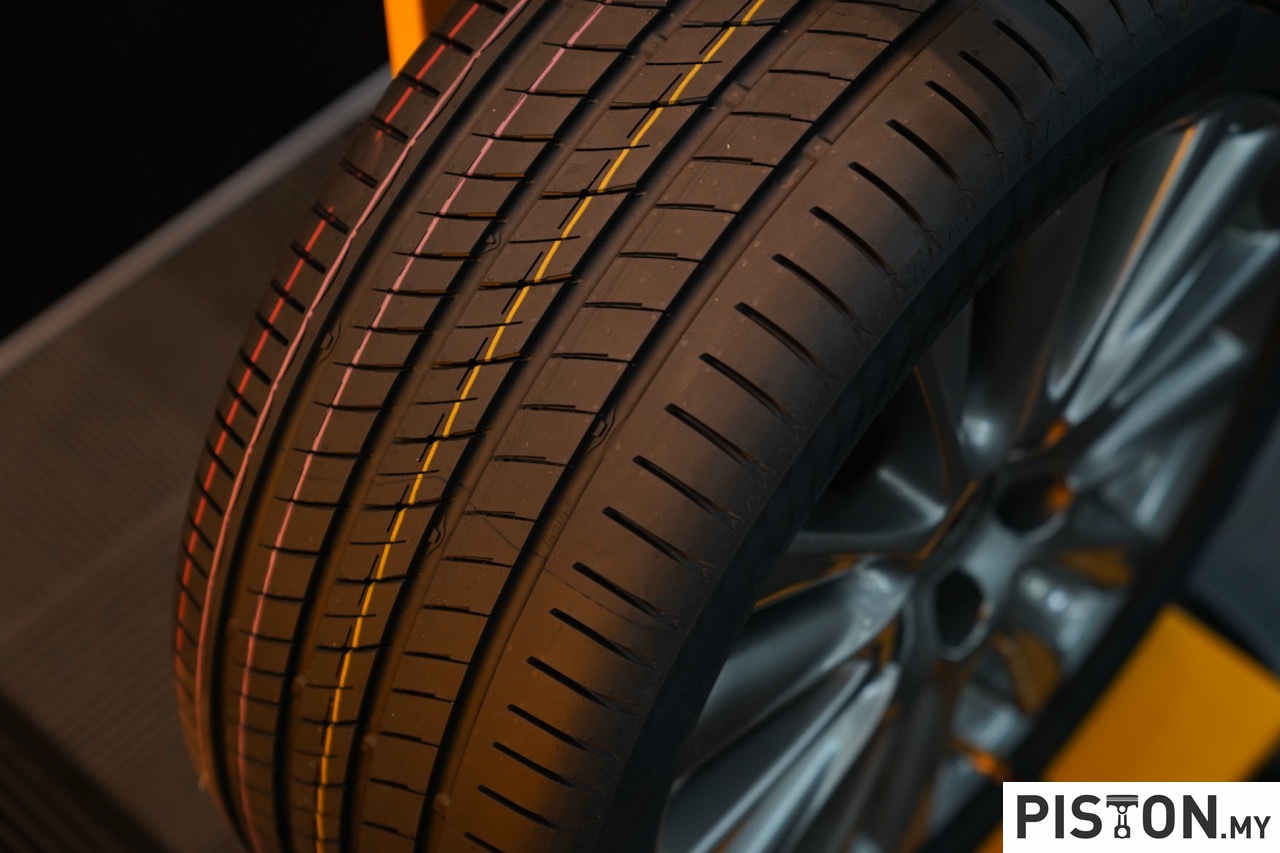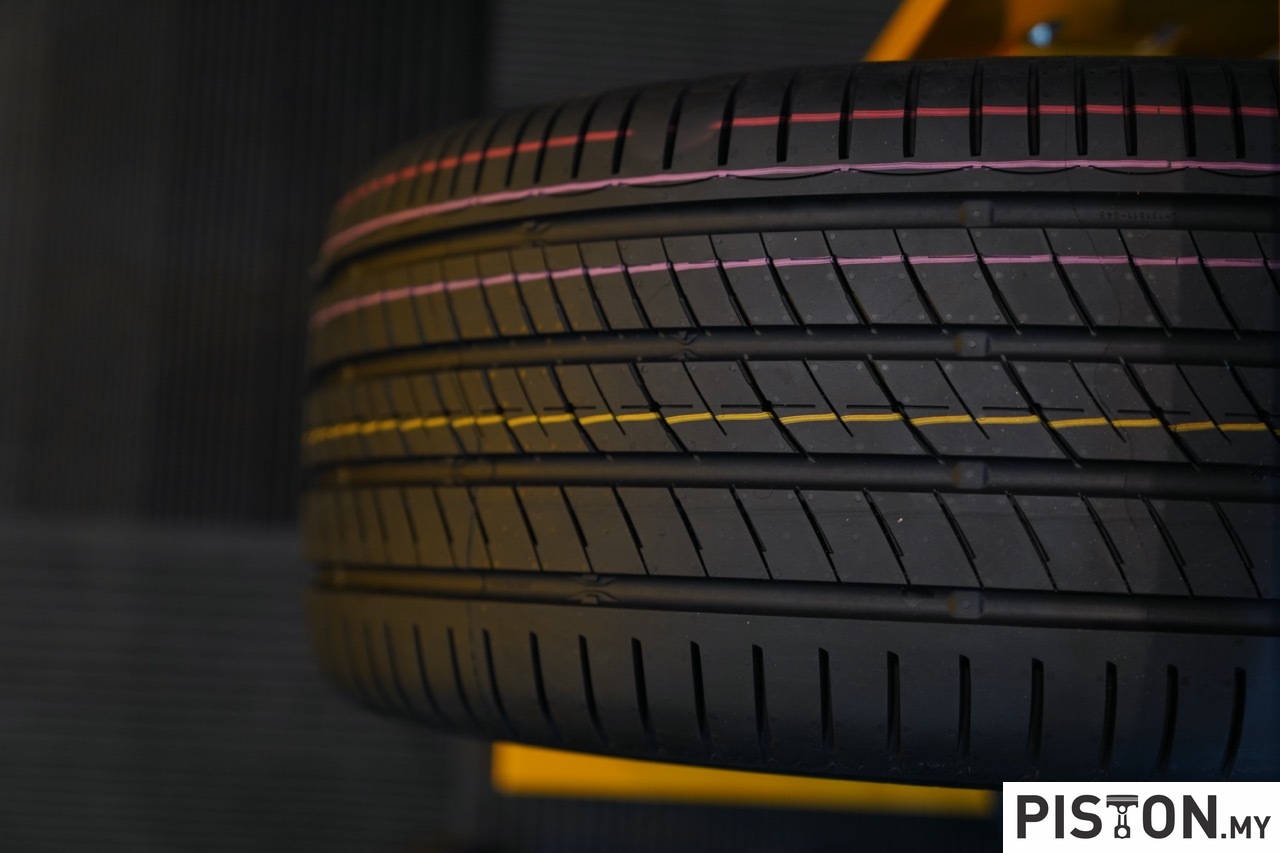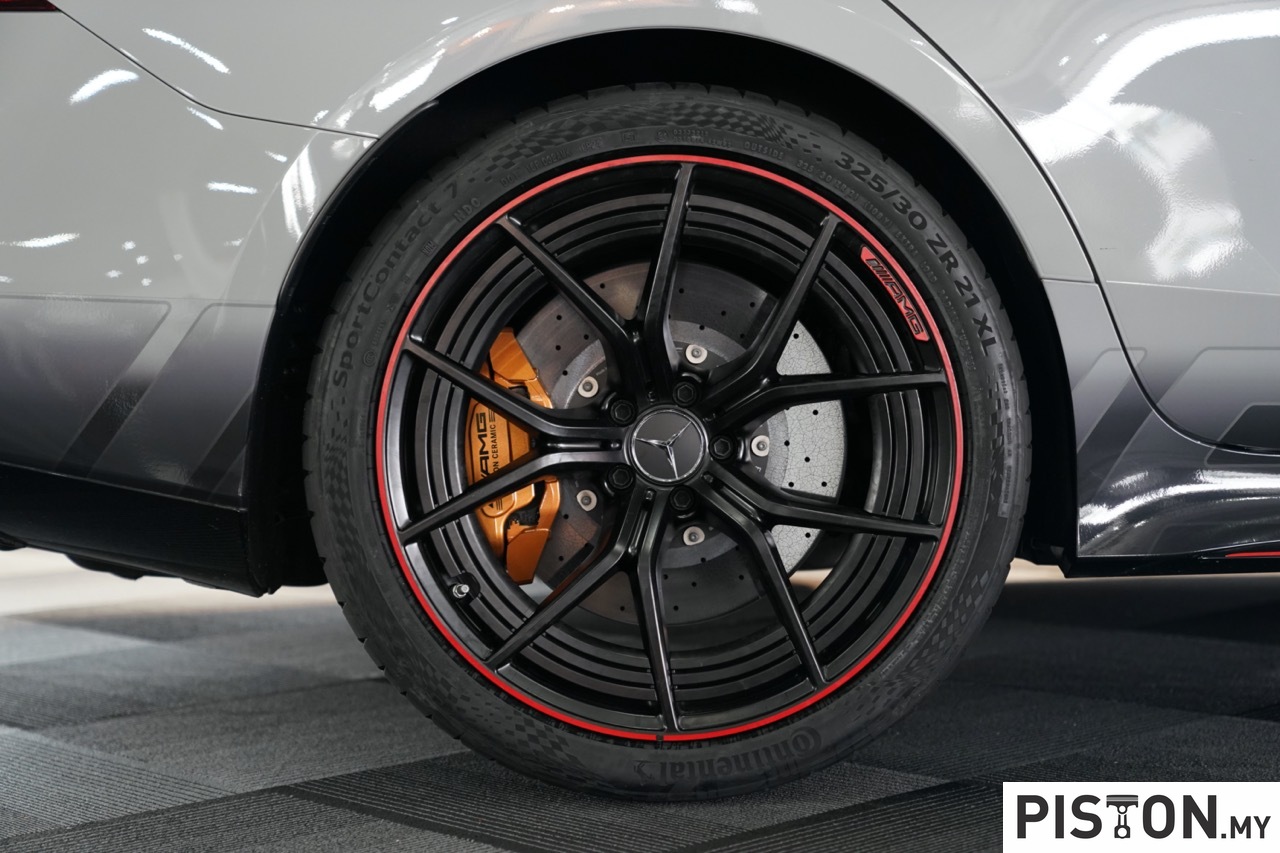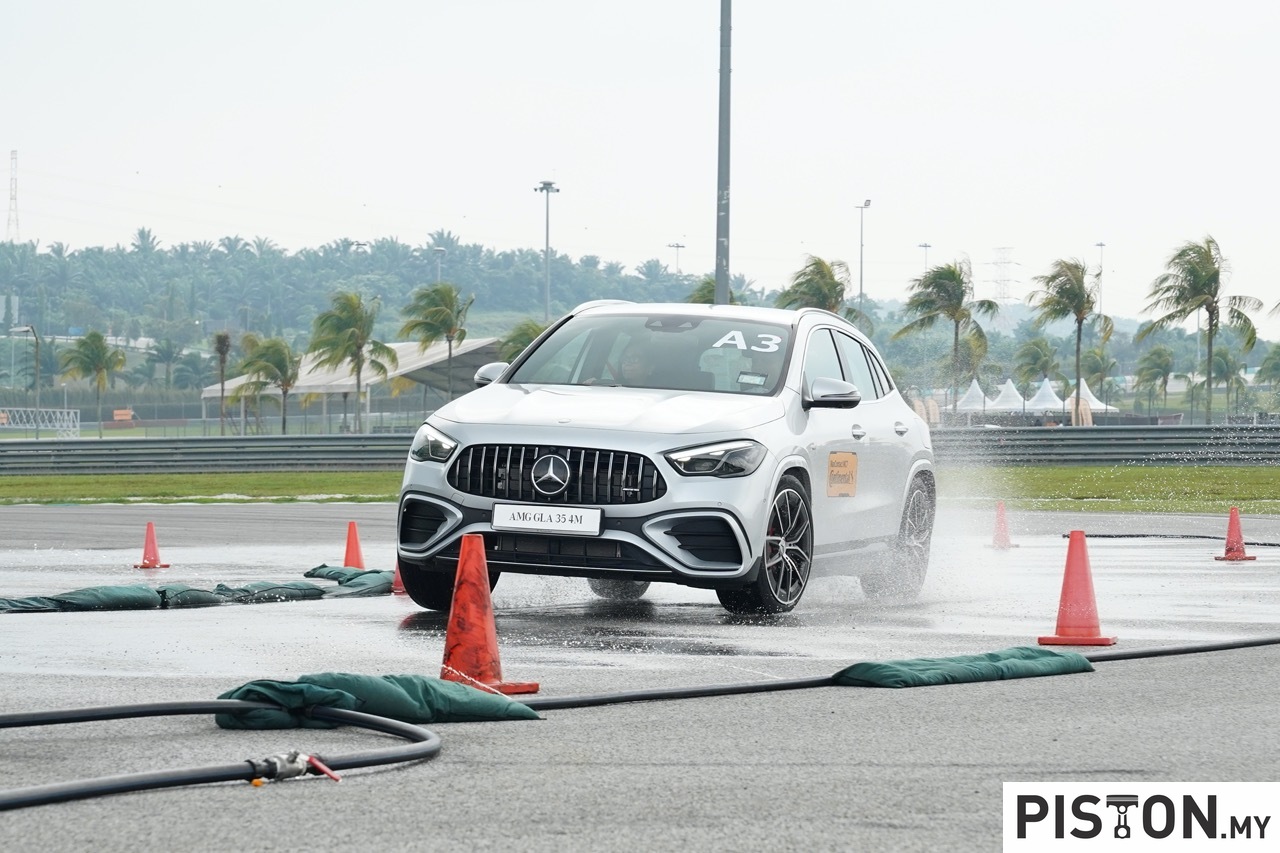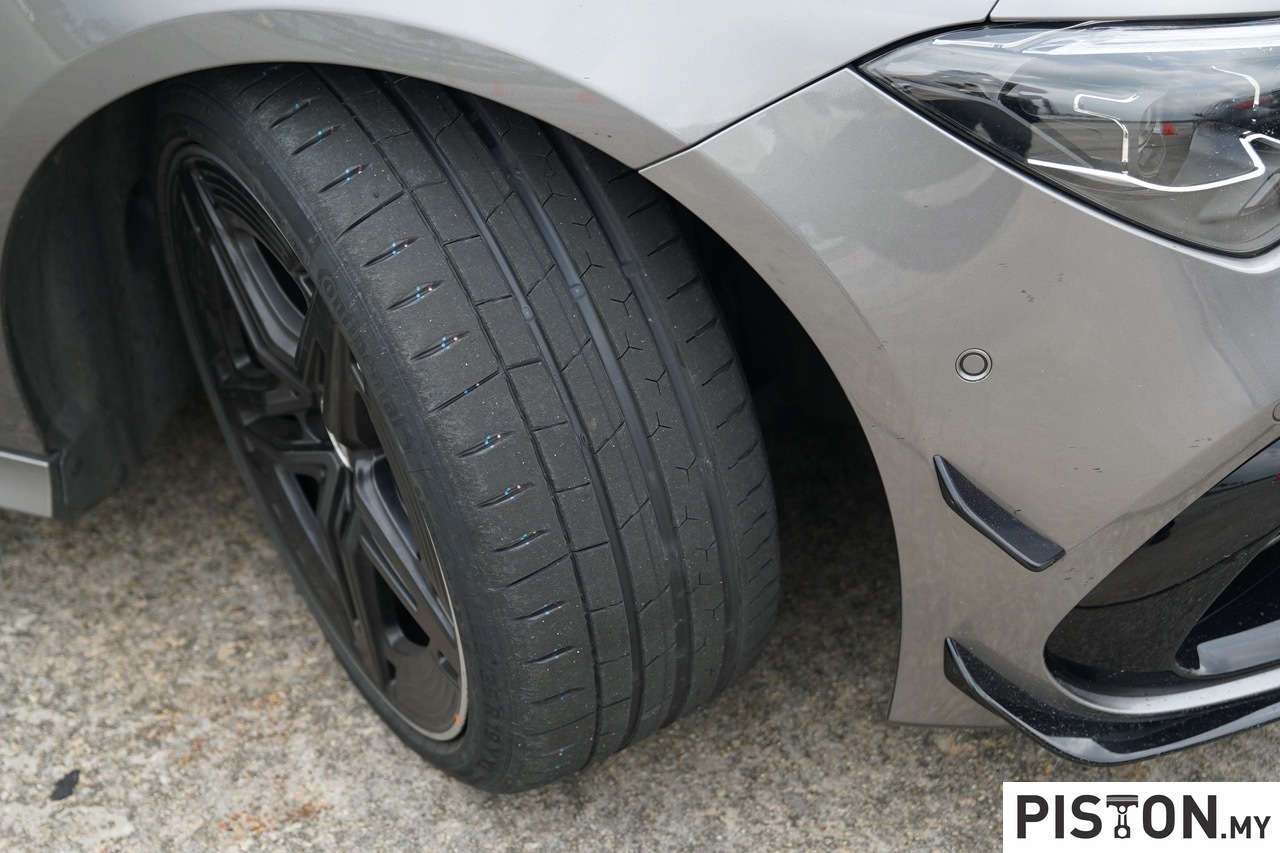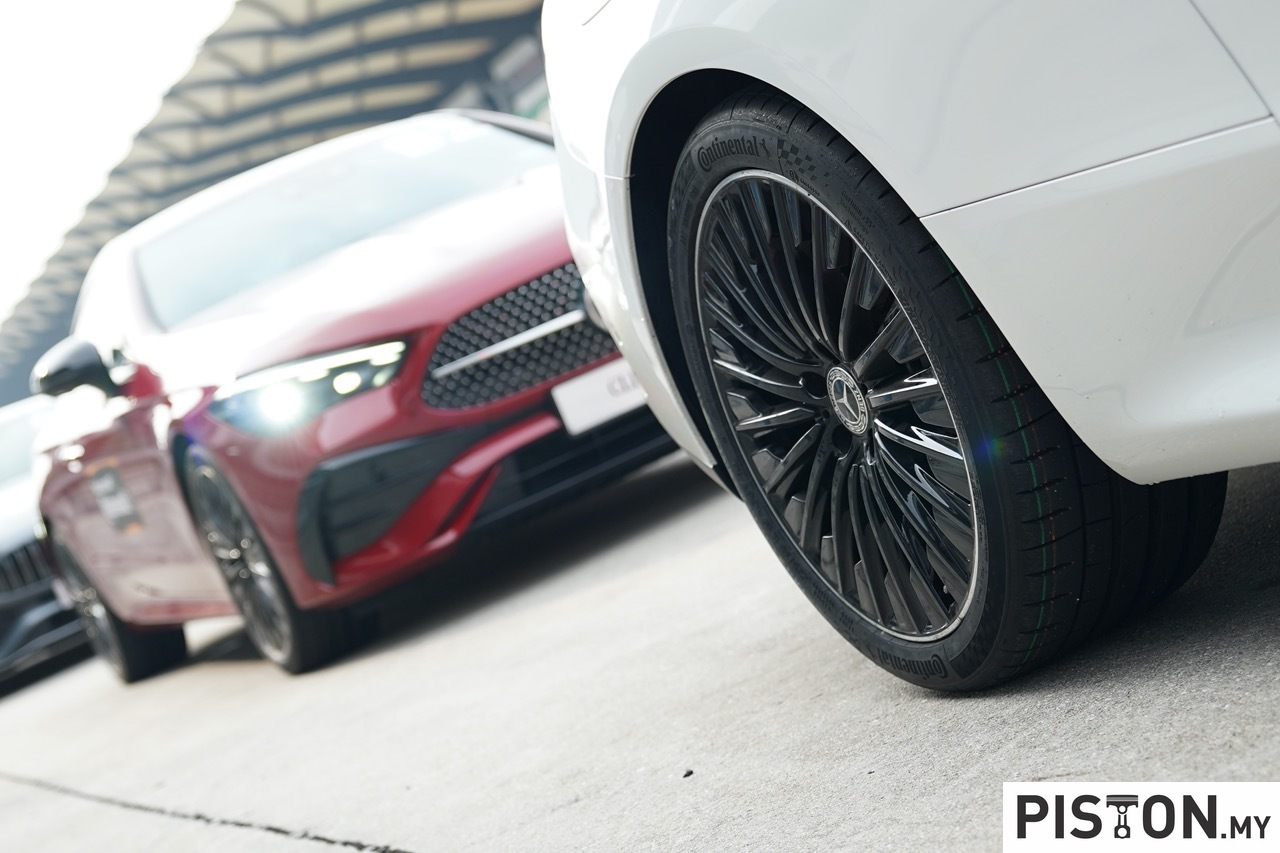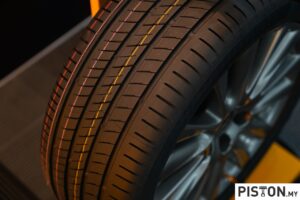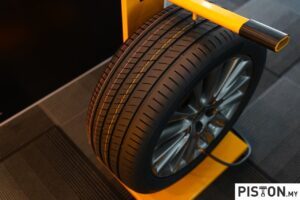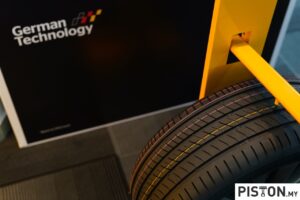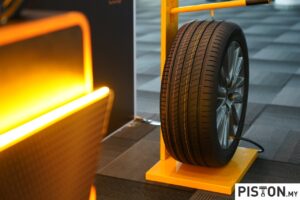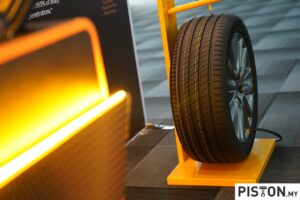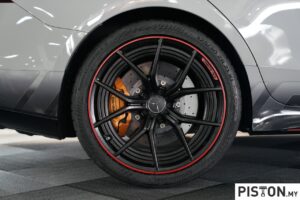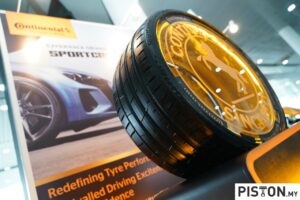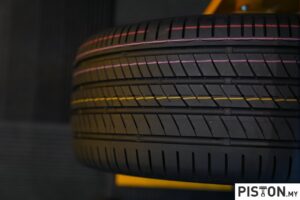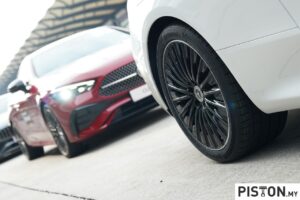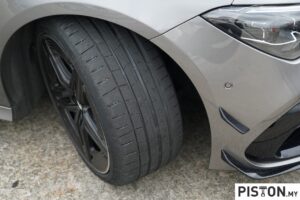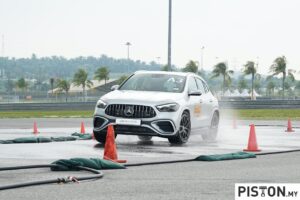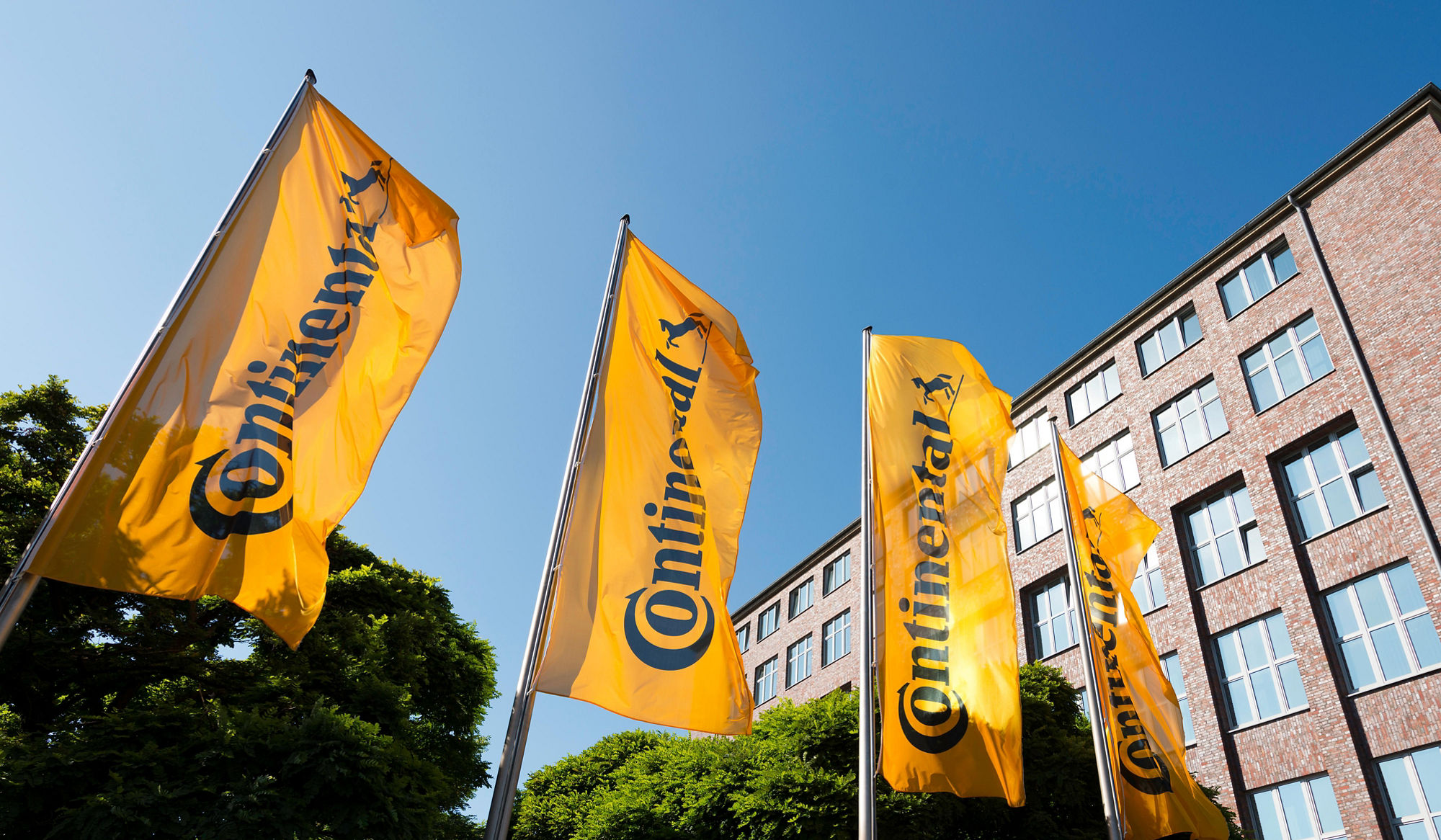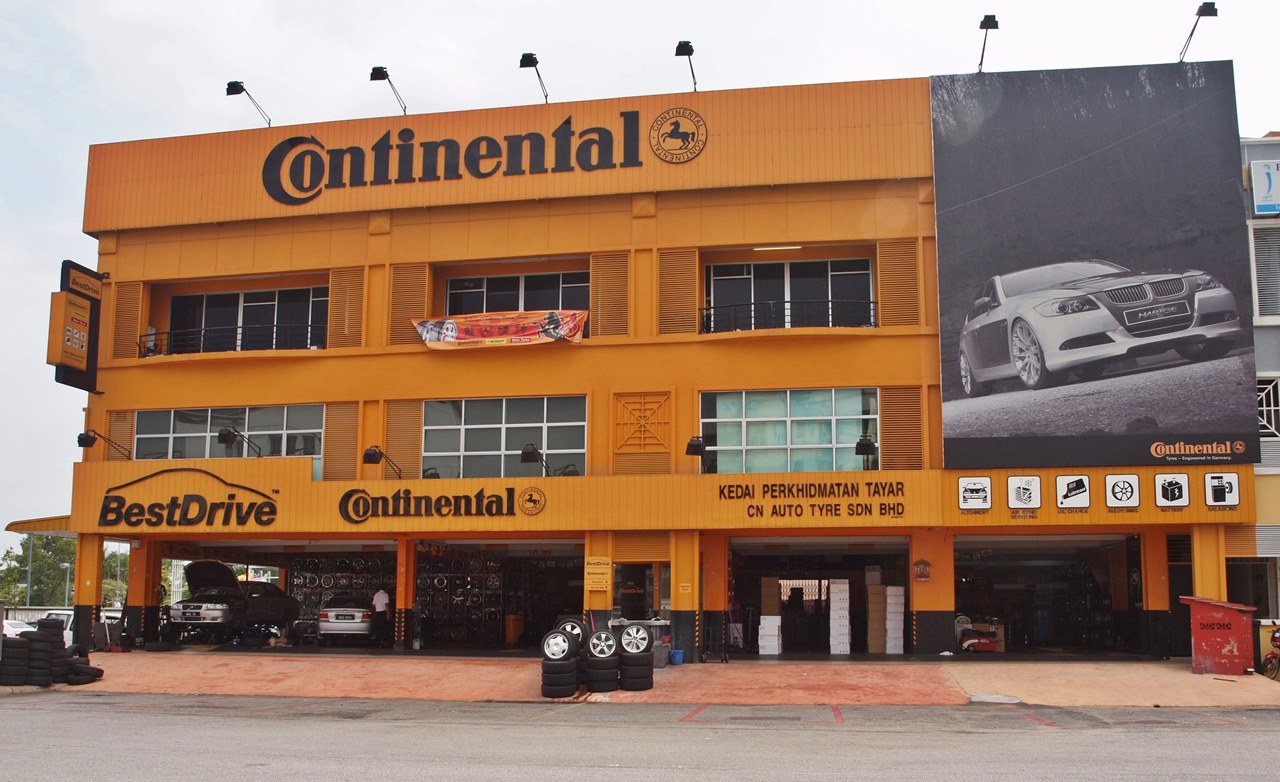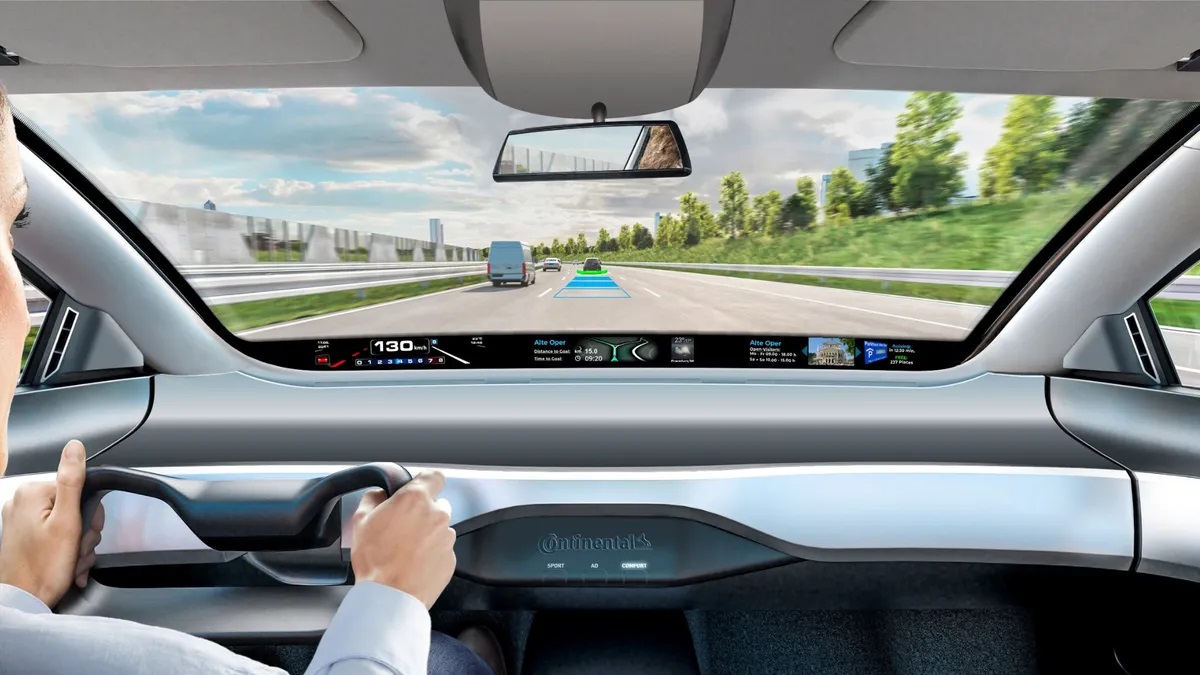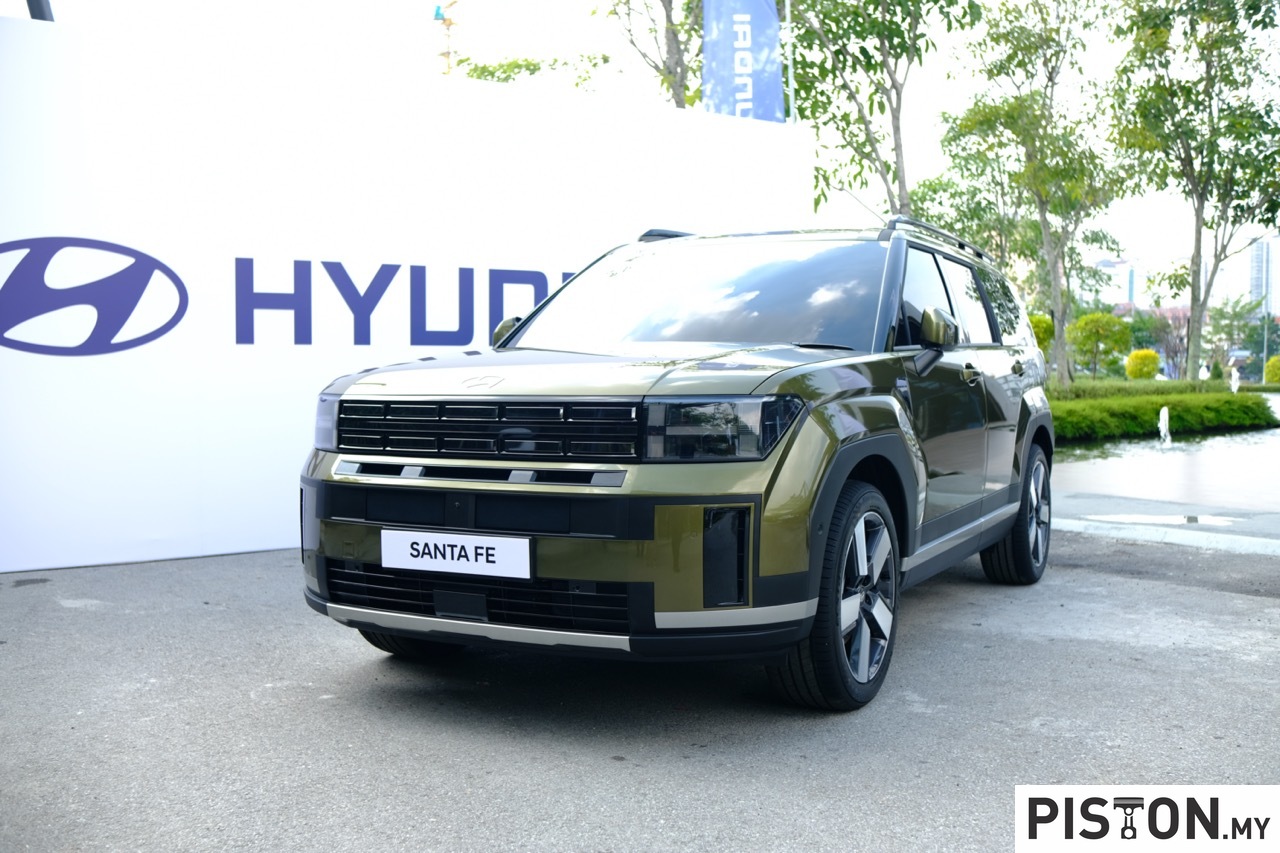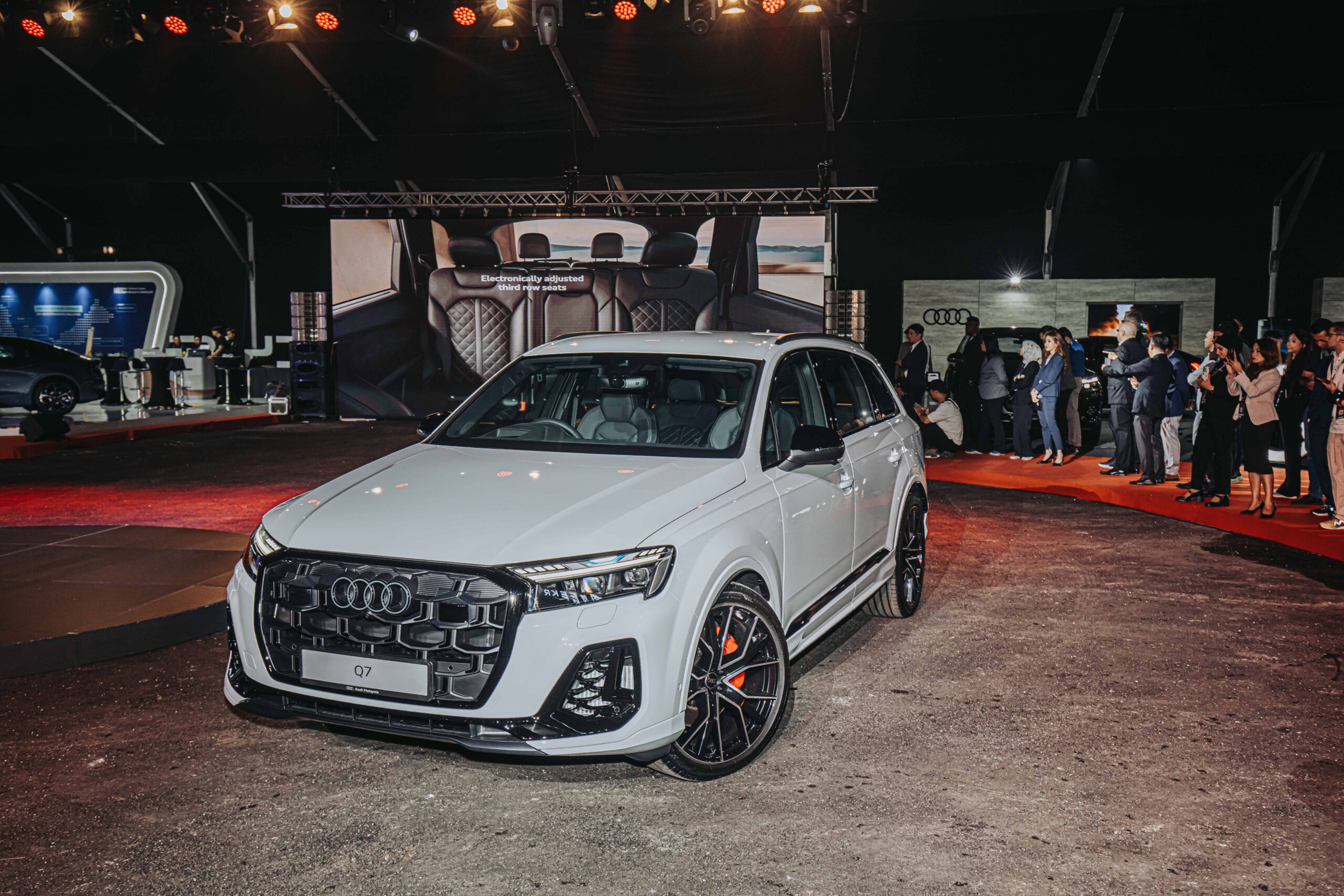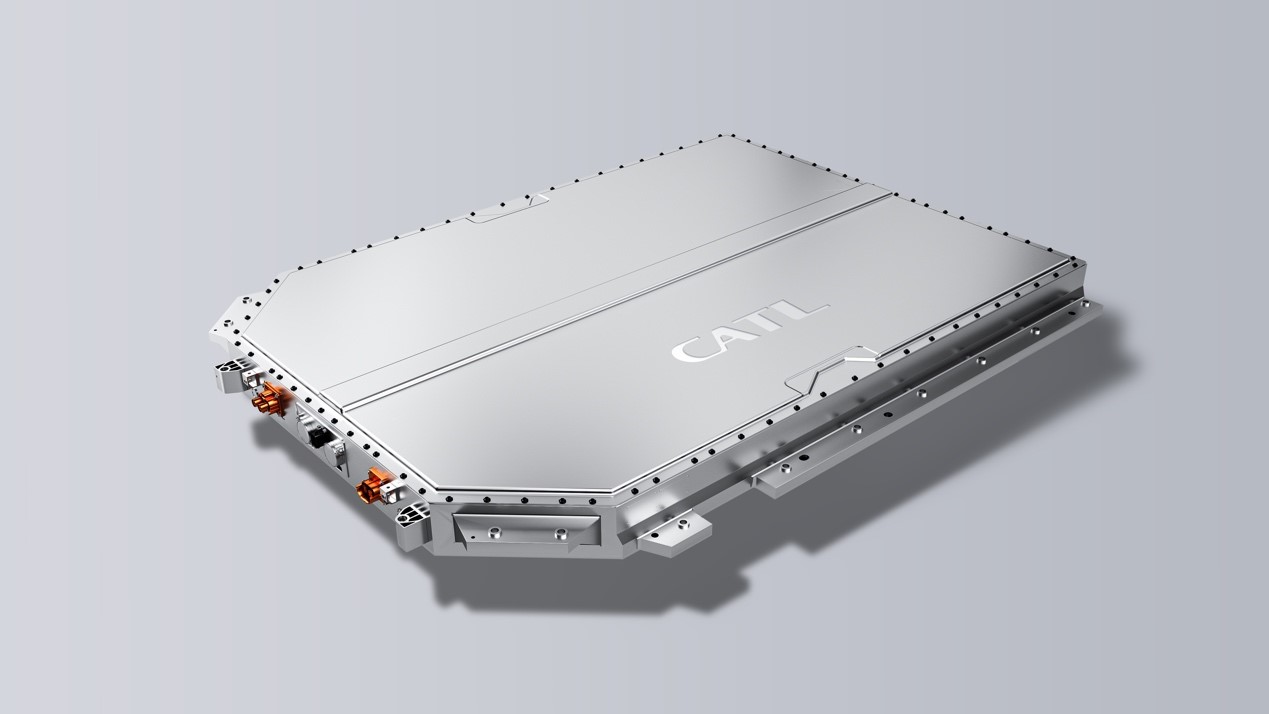Continental Tyre, has long been synonymous with innovation, quality, and reliability. With a rich history spanning over 150 years, Continental has consistently pushed the boundaries of tyre design and engineering, setting new standards in performance and safety.
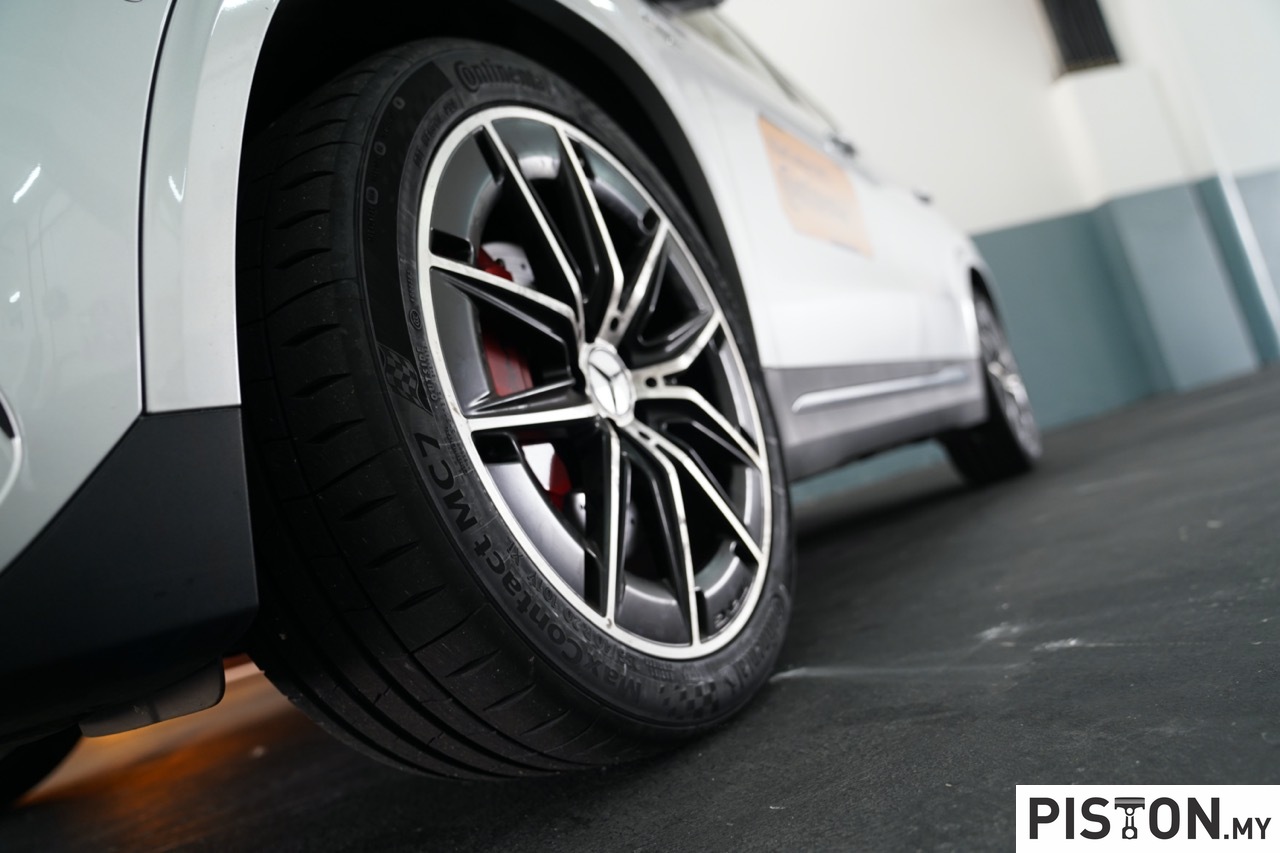
Over the decades, the company has been at the forefront of numerous technological advancements in the tyre industry. From the introduction of the first patterned tyre tread in 1904 to the development of the first environmentally friendly tyres in the 1990s, Continental has continually strived to push the envelope. This commitment to innovation is evident in their latest product, the MaxContact MC7, which promises to elevate the driving experience to new heights.
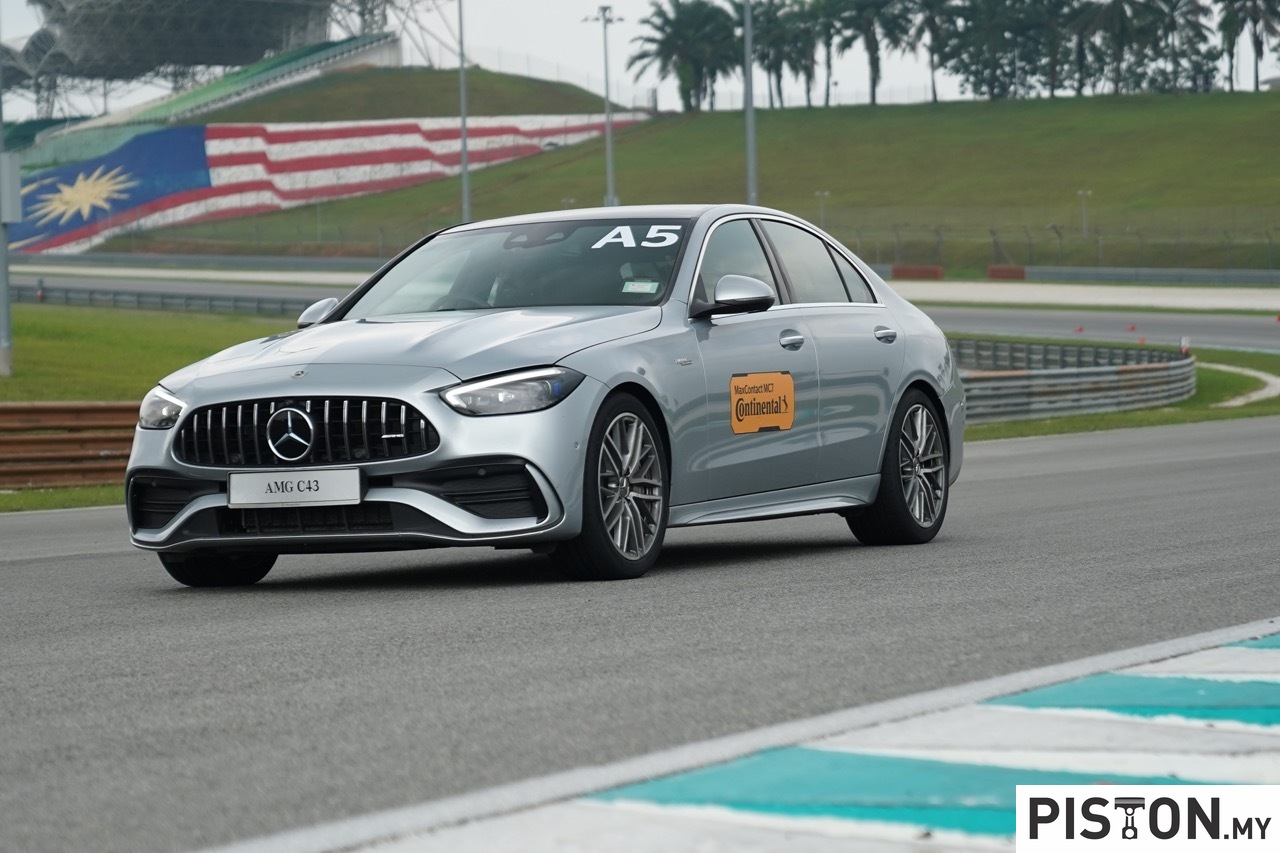
The MaxContact MC7 is a sporty tyre designed to enhance everyday driving with maximum control, dynamic steering precision, shorter braking distances in both wet and dry conditions, and offers low noise levels. We were given the opportunity to see and feel the performance of the MC7 in a day of rigorous testing at Sepang Circuit, comparing it to an unnamed competitor.

During our tests at Sepang, the MC7 was put through its paces in a series of demanding scenarios, including wet braking tests, timed slalom tests, and high-speed cornering. The results were impressive, showcasing the tyre’s ability to provide superior grip, handling, and braking performance.
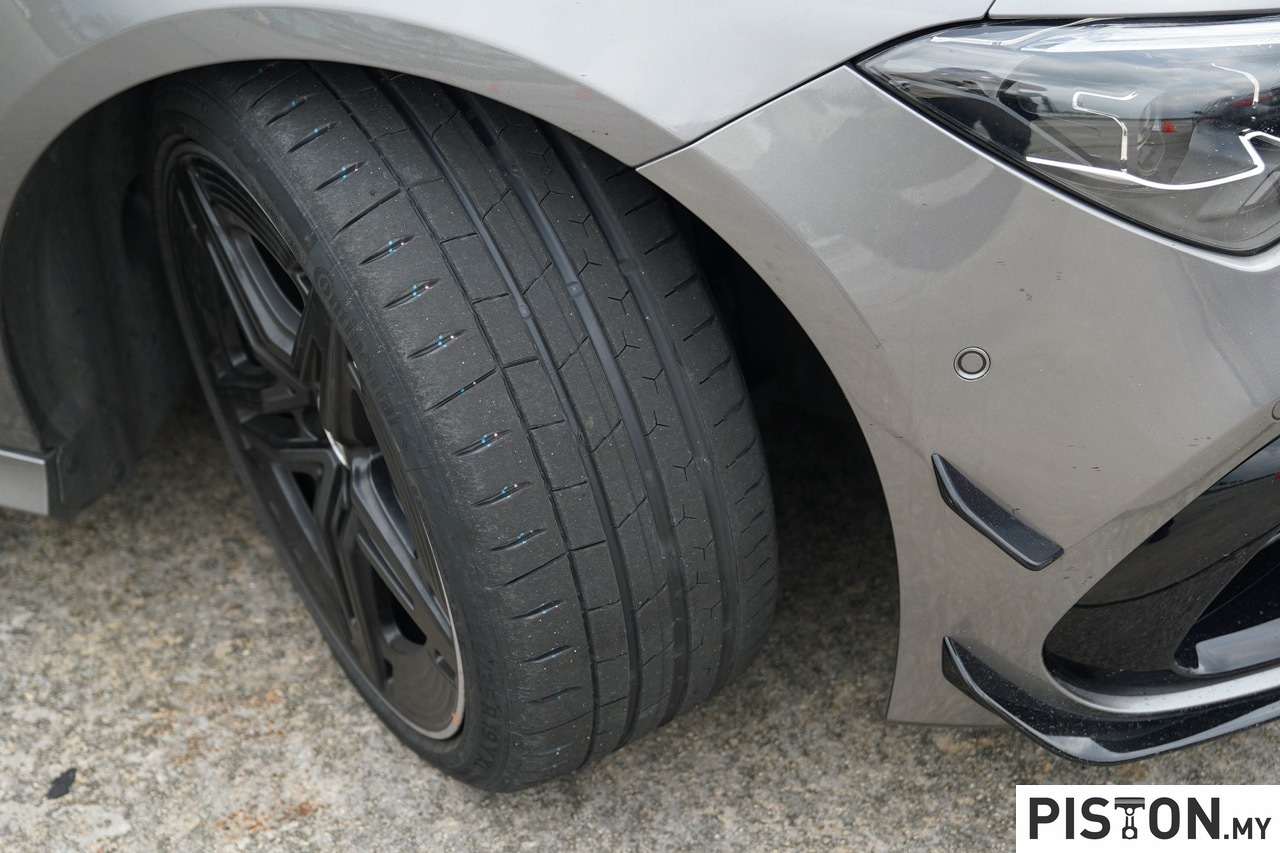
One of the most critical aspects of tyre performance is braking capability, and the MC7 does not disappoint. In our wet braking tests, the MC7 demonstrated a impressive ability to stop quickly and safely, thanks to its advanced 3D laser-cut sipes and ReFlex Compound. These features work together to improve grip and reduce braking distances significantly. When compared to its competitor, the MC7 outperformed by a considerable margin, with a braking distance that was 7-8 meters shorter.
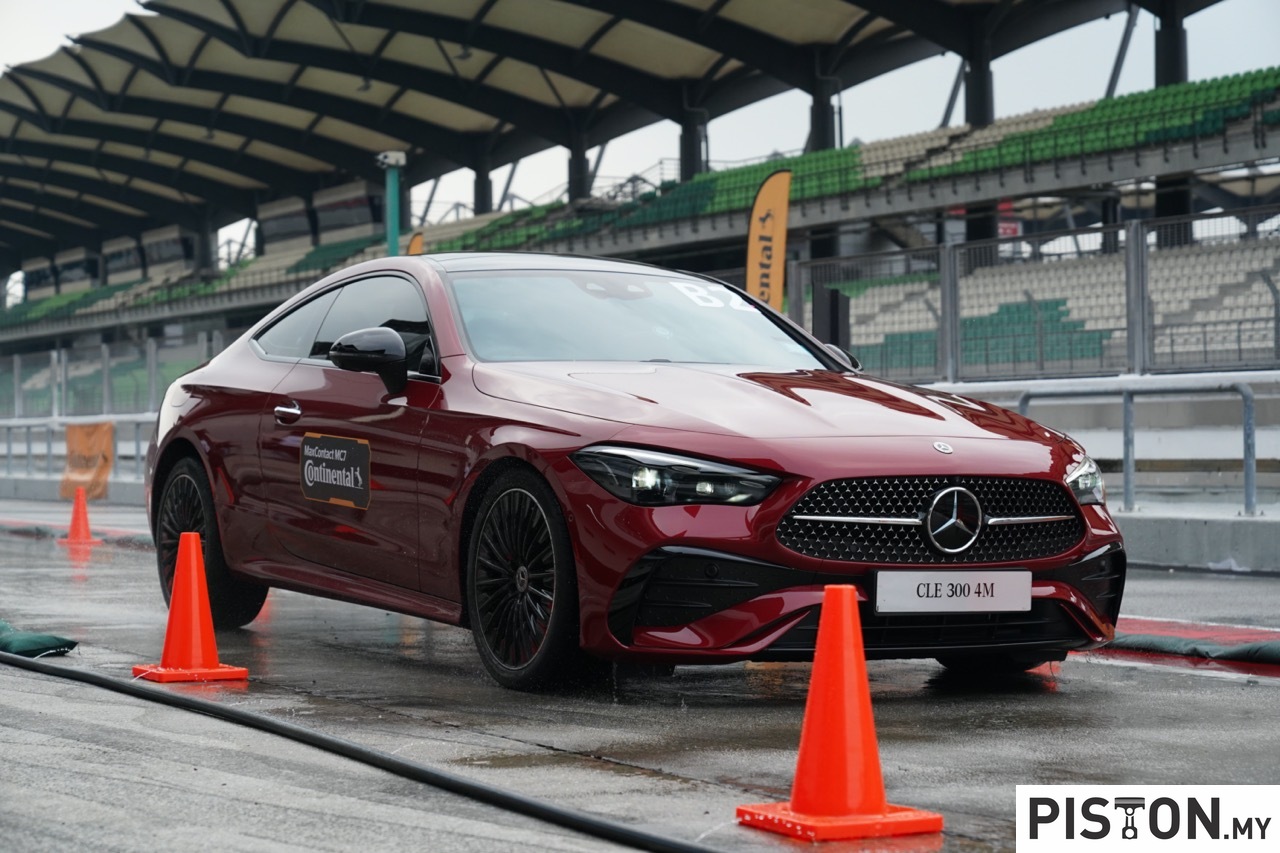
Handling and cornering are equally important for a sporty tyre, and the MC7 excels in these areas as well. During our high-speed cornering tests, the MC7 provided exceptional stability and control, allowing us to navigate sharp turns with confidence. This performance is attributed to the tyre’s dynamic steering response and precision, enabled by the macro-blocks and stabiliser bars that enhance cornering stability and maintain firm handling under pressure.
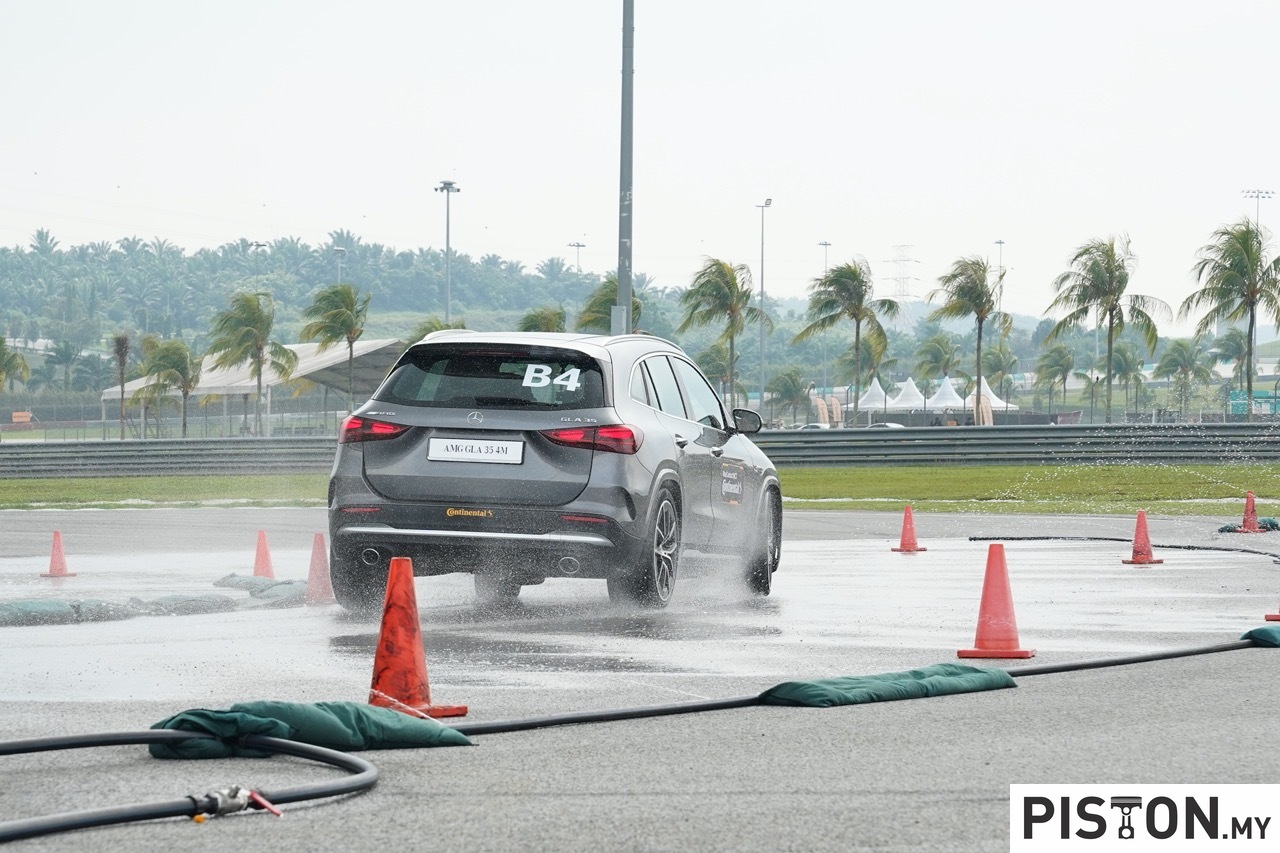
The slalom test is a challenging evaluation of a tyre’s agility and responsiveness. Each participant had two runs, one with the MC7 and one with the competitor. As expected, the MC7 delivered better grip and handling performance, allowing us to achieve faster times throughout the course. The ReFlex Compound plays a significant role in this, as it is specifically formulated to maximise traction and deliver improved steering precision. Additionally, the MC7’s lightning sipes, star sipes, and aqua sipes—featuring 3D laser cuts—further enhance its ability to handle water and maintain grip.

While sporty tyres often prioritise performance over comfort, the MC7 manages to strike a balance between the two. One of the standout features of the MC7 is its low noise levels, achieved through the innovative two-in-one Noise Breaker 3.0. This technology works by breaking up sound waves, resulting in a quieter and more comfortable ride. The ability to reduce noise without compromising performance is a significant achievement for Continental, making the MC7 an excellent choice for drivers who want both sporty performance and a comfortable driving experience.
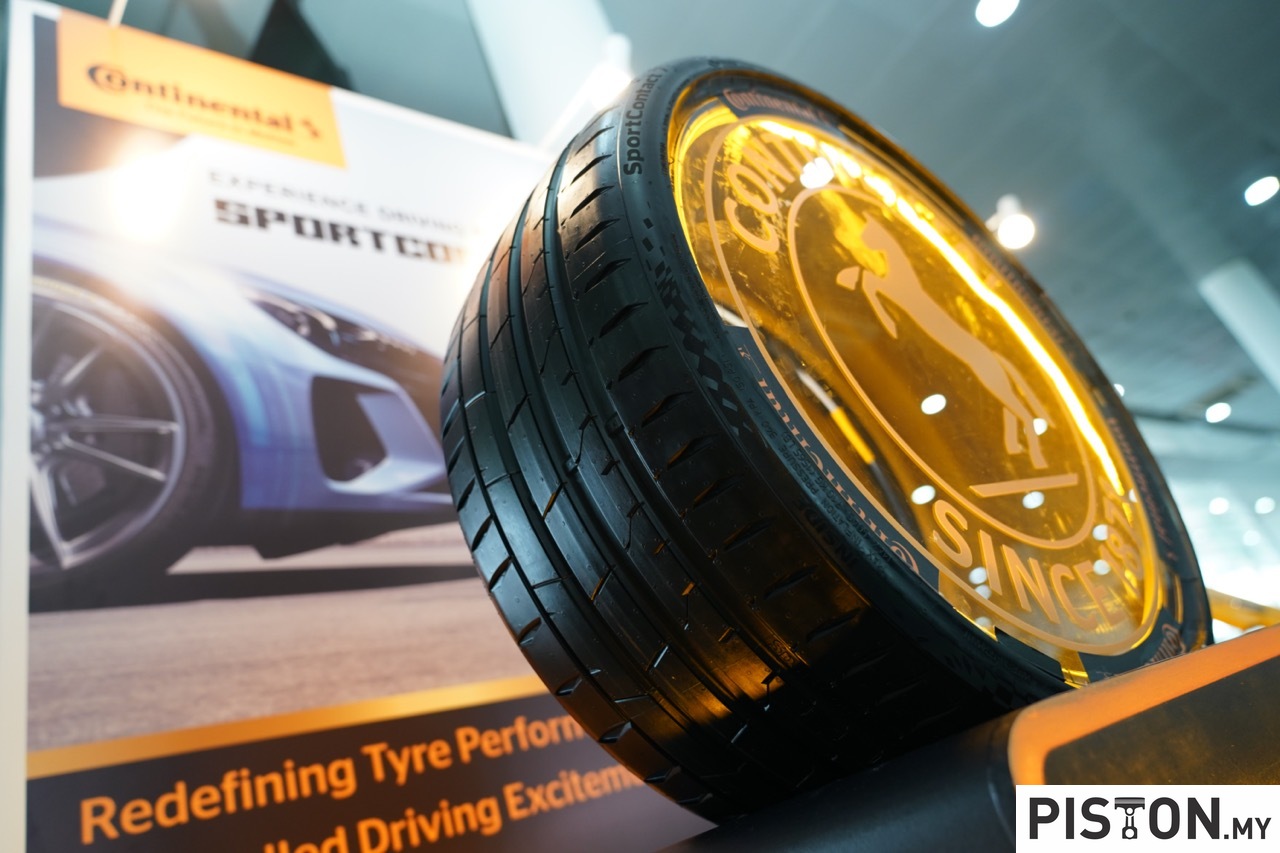
In addition to its performance benefits, the MC7 also offers improvements in fuel efficiency and mileage. The advanced materials and design features of the MC7 contribute to lower rolling resistance, which in turn enhances fuel efficiency. During our tests, we observed a noticeable reduction in fuel consumption compared to the MC6 and the competitor tyre. This improvement not only saves money on fuel but also reduces the environmental impact, aligning with Continental’s commitment to sustainability.
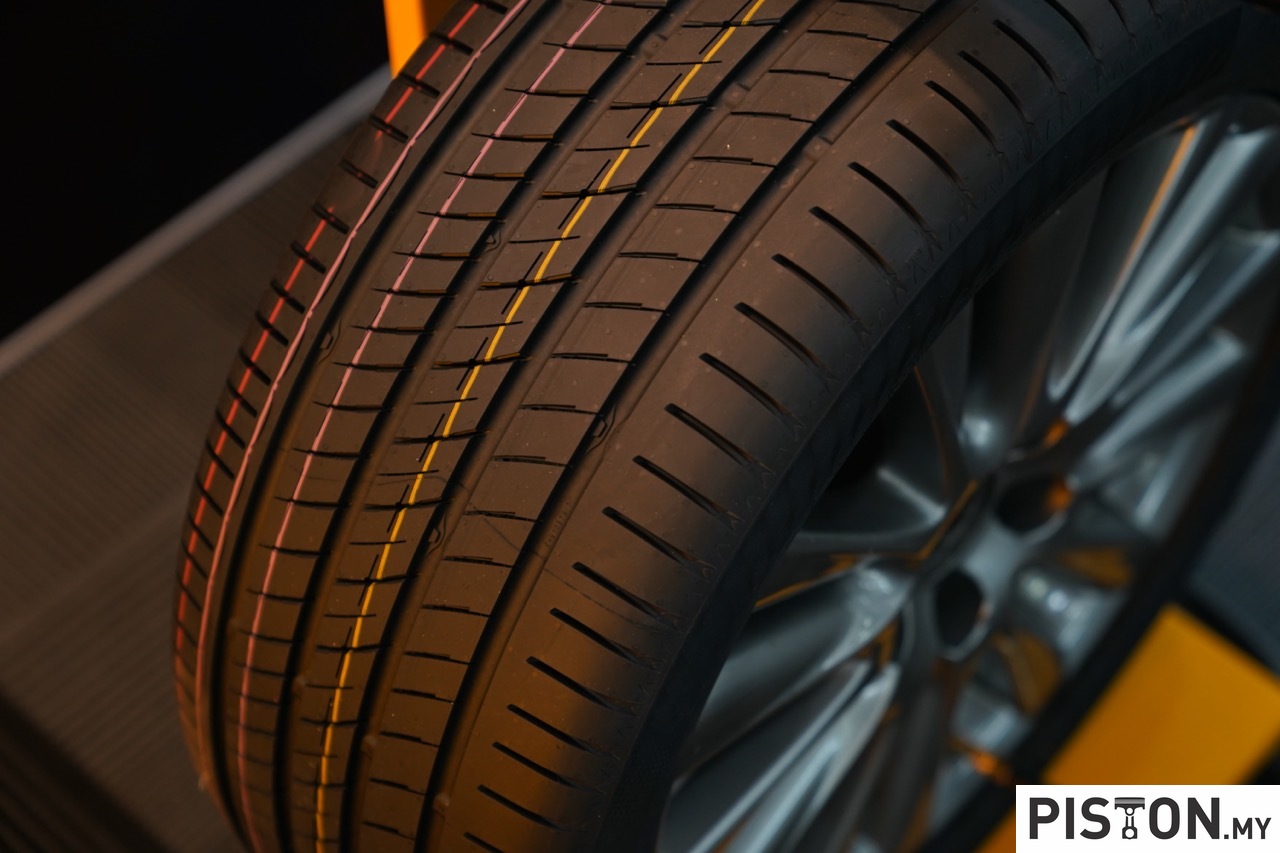
The MC7’s wet performance is particularly noteworthy, thanks to the innovative design of its aqua sipes. These enlarged grooves are designed to trap and expel water efficiently, enhancing the tyre’s grip on wet surfaces. The combination of aqua sipes and the Flow X-celerator’s narrow groove accelerates water flow, ensuring optimal performance in wet conditions. This feature is especially important for drivers in regions with frequent rain, providing them with the confidence to drive safely in adverse weather conditions.
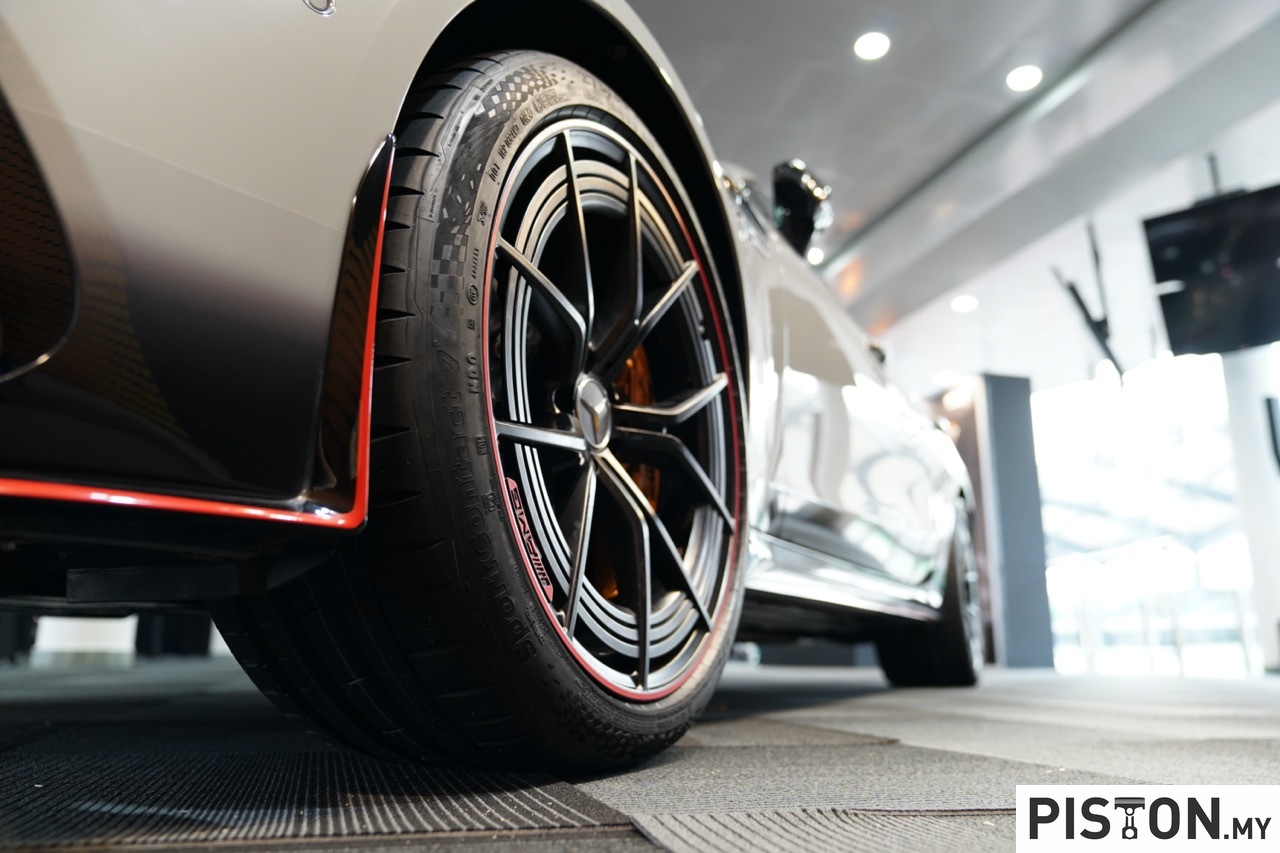
To cater to a wide range of vehicles and driving needs, the MaxContact MC7 is available in sizes ranging from 16” to 21”. This versatility allows it to target a broader market, from compact cars to larger sedans and SUVs. The availability of multiple sizes ensures that more drivers can experience the benefits of the MC7, making it a compelling choice for a diverse array of vehicles.
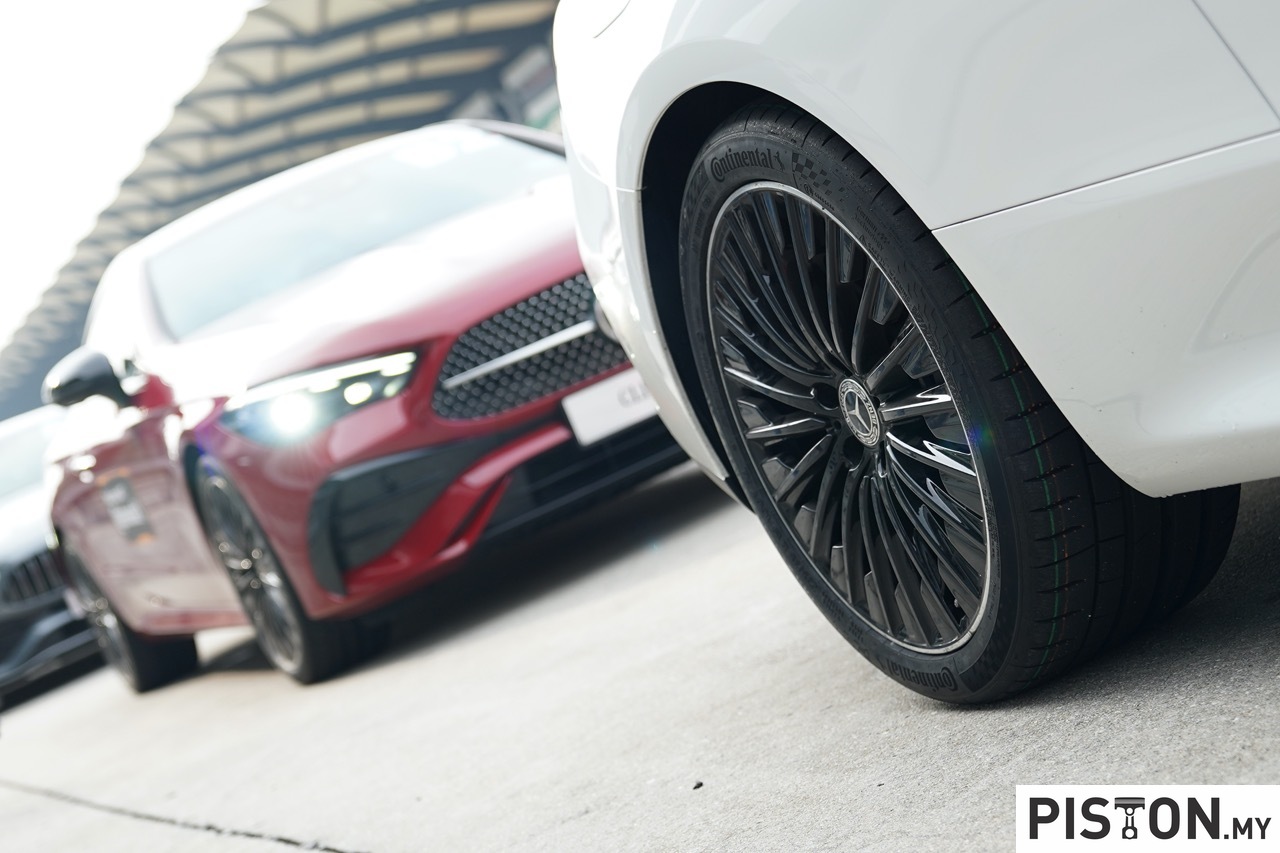
The Continental MaxContact MC7 is a tyre that sets new standards in performance, safety, and comfort. Through our rigorous testing at the Sepang Circuit, the MC7 proved its capabilities in wet and dry braking, handling, cornering, noise reduction, and fuel efficiency. Its advanced features, including the ReFlex Compound, 3D laser-cut sipes, and Noise Breaker 3.0, showcase Continental’s commitment to innovation and excellence.
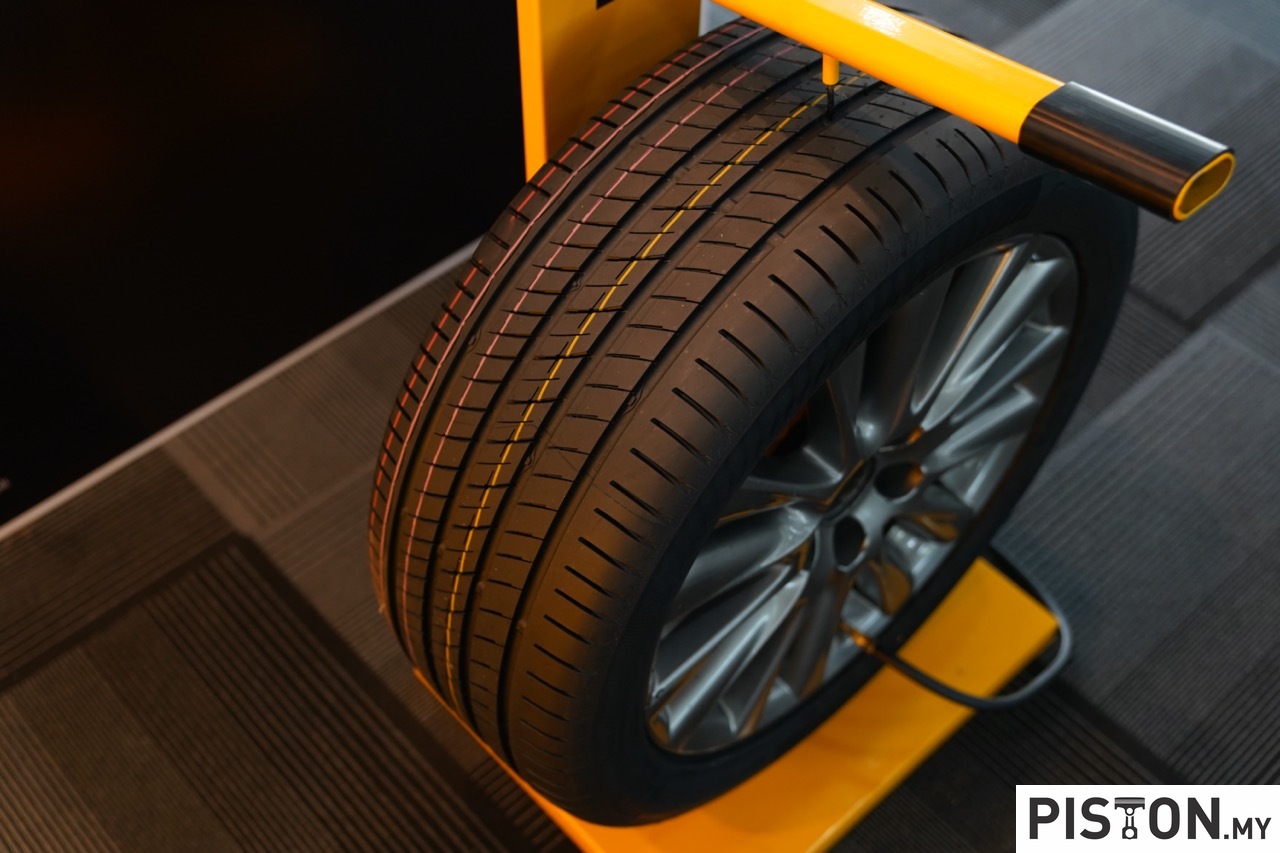
Continental Tyres has once again demonstrated why they are a leader in the industry, and the MaxContact MC7 is a testament to their dedication to pushing the boundaries of tyre technology. As the automotive landscape continues to evolve, we can expect Continental to remain at the forefront, driving innovation and setting new benchmarks for performance and safety.
What we like: The amount of grip it has
What we do not like: We have to buy it



